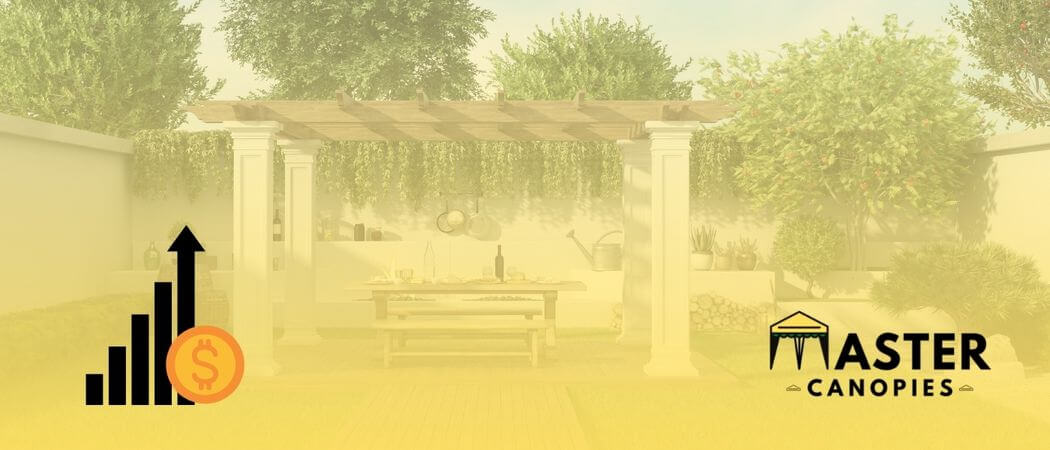
Does a Gazebo Add Value to Your Home?
Does a Gazebo Add Value to Your Home? Published October 7th, 2022 by Allen Campbell Are you thinking of adding a gazebo to your home?
Published November 3rd, 2022 by Allen Campbell
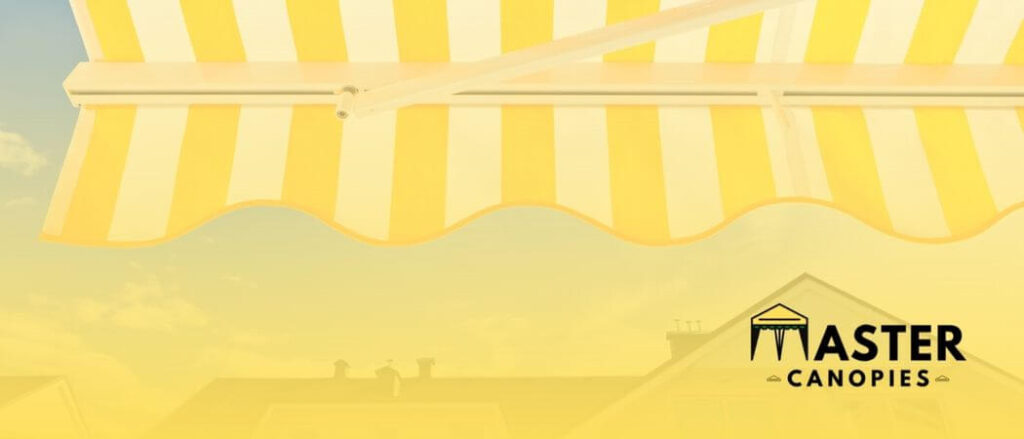
Think of a hot summer day. The sun is beating down relentlessly, scorching everything in sight. You can feel the heat radiating off the sidewalk. What you need is some shade, and fast.
But what’s the best way to provide that shade: an awning or a canopy? Both have their pros and cons, but which one is right for you? Let’s take a closer look at the differences between awnings vs canopies to see which one is best suited for your needs:
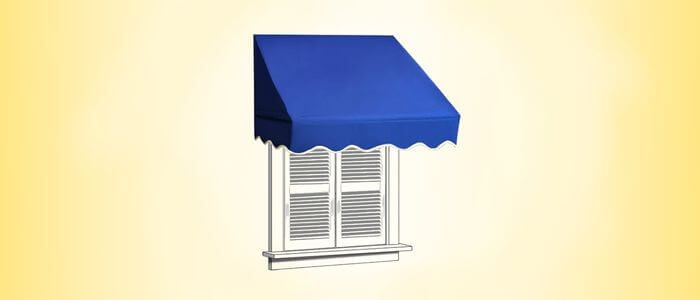
The primary function of an awning is to shield from the sun. Most awnings are made from a fabric material that is pulled tight over a metal frame. There are two types of awnings: fixed and retractable.
Fixed awnings are permanently affixed to the side of a building, while retractable awnings can be pulled out when needed and then rolled up and stored away when not in use.
Generally, Awnings are installed over windows and doors to keep direct sunlight from entering the building. If you are looking for a way to keep your business cool during the hot summer months, an awning is a great option.
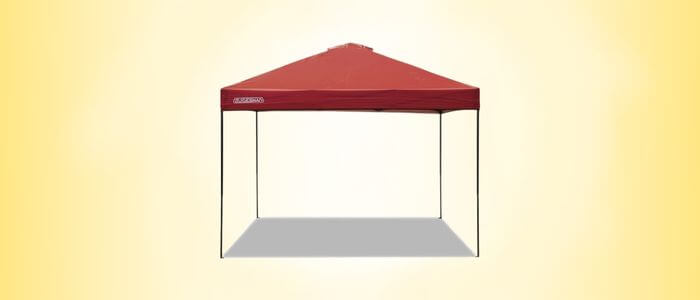
A canopy is similar to an awning in that its primary purpose is to provide shade. The overhead canopy structure covers a larger area than an awning, though, making it ideal for outdoor events such as farmer’s markets or fairs. Canopies are also usually freestanding, meaning they’re not attached to the side of a building.
This makes them much more versatile than awnings, as they can be moved and repositioned as needed. However, it also means that canopies are less permanent than awnings. If you’re looking for a way to provide shade for an outdoor event, a canopy is a way to go.
Now that we’ve looked at the similarities and differences between awnings and canopies, let’s break it down even further. Here are some of the key distinctions between the two:
When it comes to style, there can be no denying that awnings have canopies beat hands down. Awnings come in a variety of colors, patterns, and materials, which means they can be customized to match any home’s aesthetic.
Canopies, on the other hand, are typically made from white or off-white fabric, which can look out of place on anything other than a very traditional home. If you want to increase your home’s curb appeal, an awning is a great way to do so.
In terms of materials, canopies have the upper hand. Canopies are made from waterproof fabric, which means they hold up well in inclement weather. Awnings are typically made from canvas or another type of water-resistant material, but they’re not entirely waterproof. So, if you live in an area with a lot of rain or snow, a canopy is probably a better choice.
Canopies are very easy to install; in most cases, they can be up and running in just a few minutes. Awnings are slightly more complicated; they need to be mounted onto your home’s exterior (typically on the roof or eave), which can be a bit tricky if you’re not handy. If you’re not someone who likes to putter around with tools, a canopy is probably the way to go.
If you are looking to add an awning to your home, the size is going to be limited since it needs to be mounted on the side of your house. Usually, an awning is going to be smaller in size when compared to a canopy.
A canopy, on the other hand, can be any size since it is not attached to your home. So, a canopy might be the best option if you need a large amount of shade. Additionally, canopies can be moved around, so if you need to adjust the amount of shade, it is very easy to do.
Canopies are mostly going to be used for special occasions since they are not attached to your home. Therefore, they won’t be bathed in the sun or rain as much as with an awning. After using it, you can store it safely until you need to use it again.
An awning is constantly being exposed to the sun, rain, and snow, which can take its toll over time. Additionally, since an awning is attached to your home, it can be damaged in high winds. Canopies are much more durable and long-lasting than awnings.
If I talk about awning storage, it is difficult since you need to take it down and store it away when you are not using it. On the other hand, canopies usually come with a storage bag, so you can easily store them away until you need them again. Folding it up and putting it away is all you need to do. It takes a couple of minutes to set it up and take it down, which is very easy when compared to an awning.
With all of that being said, there are still a few different types of awnings that you should be aware of before making your final decision. Here is a quick overview of the most popular types of awnings:
In summary, there are a few vital distinctions between awnings and canopies that you should take into account before buying either one. If you need something to provide shade for your outdoor space, but don’t want the hassle of installing or taking down a permanent structure, an awning may be the right choice for you.
On the other hand, if you’re wanting to provide shelter from bad weather or create an enclosed space for entertaining guests, then a canopy would likely serve you better. Whichever route you choose, be sure to select a product that is durable and will withstand the test of time.
Awnings are a common sight in businesses and homes alike, providing shade and shelter from the sun. But do they also provide protection from the rain? The answer is yes – to a certain extent. Awnings are made of waterproof fabric, which will keep you dry if you’re standing underneath them.
However, they don’t provide complete coverage, so you’ll still be exposed to rain if you’re standing to the side of an awning or if the wind blows the rain underneath. In addition, awnings can be easily damaged by severe weather, so it’s important to take them down or secure them properly before a storm hits.
Ultimately, awnings can provide some protection from rain, but they shouldn’t be your only line of defense against the elements.
Many homeowners choose fabric awnings because they are budget-friendly and installation is quick and easy. However, one of the most common questions about fabric awnings is how long they will last. The answer, unfortunately, is not very clear-cut. Fabric awnings are made from a variety of materials, and each type of fabric has its own lifespan.
In general, however, most fabric awnings will last between 5 and 10 years with proper care and maintenance. Of course, the climate in your area will also play a role in how long your awning lasts. If you live in an area with harsh winters, for example, your awning may not last as long as it would in a more moderate climate. The best way to find out how long your fabric awning will last is by talking to the manufacturer or installation technician.
Retractable awnings not only provide shelter from the sun but also give you the opportunity to maximize your outdoor space. You can install them on any outdoor area, such as a deck, patio, or balcony. They come in countless sizes and colors. But what does it cost to add one of these handy devices to your home?
The average cost of a retractable awning is $800-$4000, depending on the size and type you select. If you want a high-quality model, you’ll have to pay around $4000. But don’t despair if your budget is more modest; there are plenty of options available in the $800-$1000 range that will still provide ample shade and protection from the sun. Therefore, no matter your budget, you can find a perfect retractable awning for you.
Retractable awnings are the Rolls-Royce of the awning world. Because they’re made with top-notch materials and parts, their purchase comes at a larger cost. Ultimately, what you’re paying for is convenience. Retractable awnings can be easily extended or retracted with the push of a button, making them ideal for use in all types of weather.
And because they’re made to withstand strong winds and heavy rains, they’ll provide years of use with minimal maintenance. So if you’re looking for an awning that’s both stylish and functional, you’ll want to invest in a retractable model. Just be prepared to open your wallet a little wider than usual.

Allen is a full time writer at Mastercanopies.com and enjoys traveling around the United States and exploring nature. He enjoys writing about canopies as he believes they are extremely crucial in having a successful camping trip whether it be a trip to the beach, mountains, or the open plains.

Does a Gazebo Add Value to Your Home? Published October 7th, 2022 by Allen Campbell Are you thinking of adding a gazebo to your home?

What are Kayak Canopies? Everything to Know About Kayak Canopies Published September 16th, 2022 by Allen Campbell Kayaks offer a great opportunity to get outside
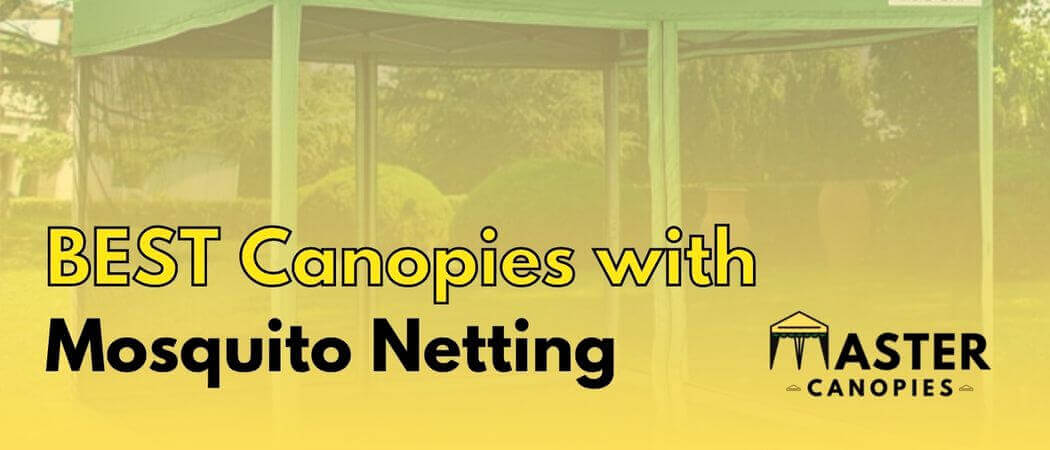
Best Canopies with Mosquito Netting Published August 25th, 2022 by Allen Campbell Mosquitoes are more than simply an annoyance; they may also be a health
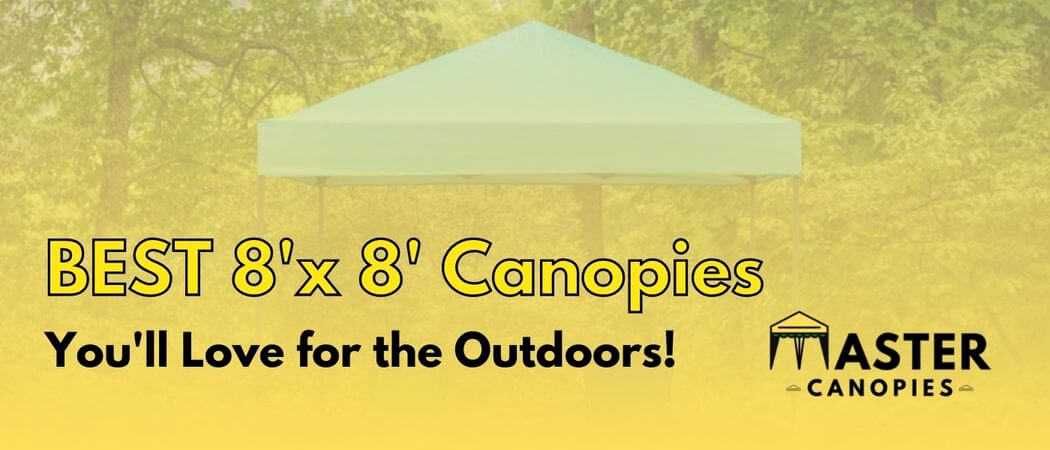
Best 8’x 8’ Canopies You’ll Love for the Outdoors Published August 18th, 2022 by Allen Campbell Summertime is all about spending time outdoors, and there’s
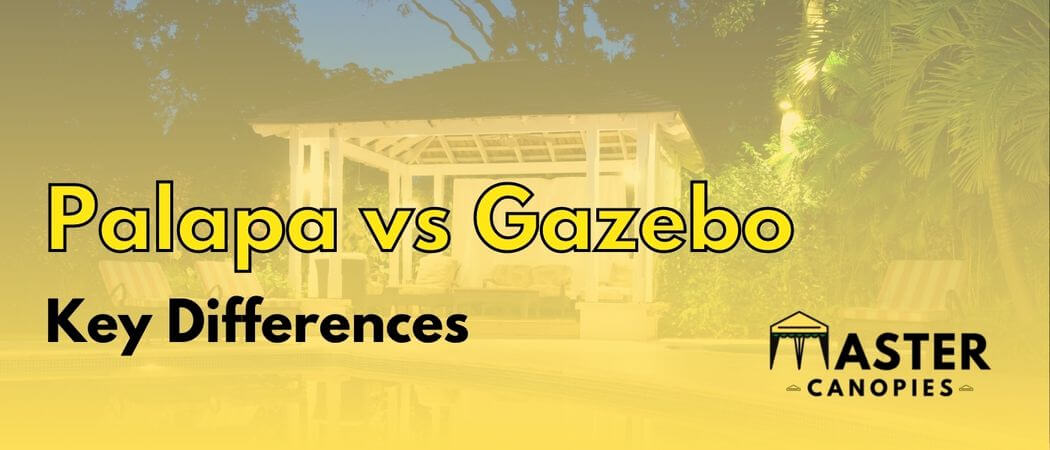
Palapa vs Gazebo? What are the Differences? Published August 4th, 2022 by Allen Campbell Whether you’re looking to add some extra shade and relaxation to
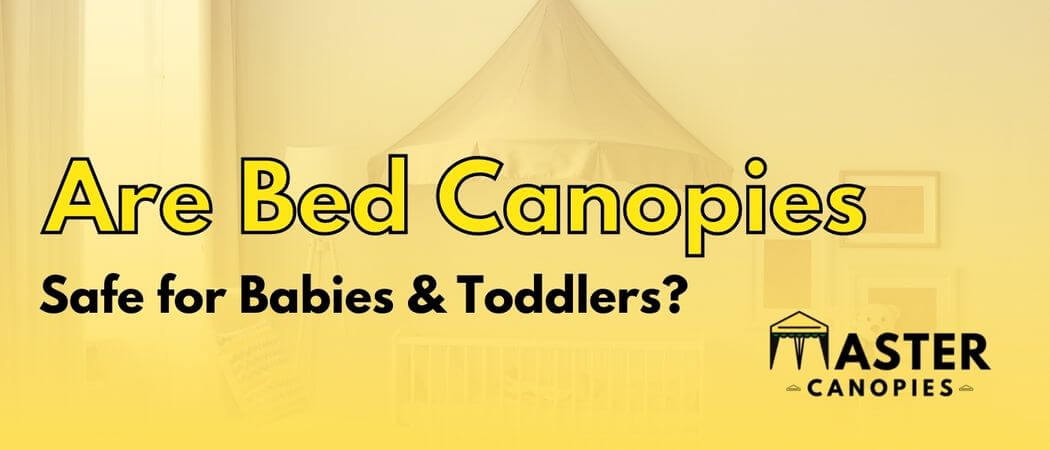
Are Bed Canopies Safe for Babies & Toddlers? Published June 24th, 2022 by Allen Campbell Most parents would agree that the bed canopy should be
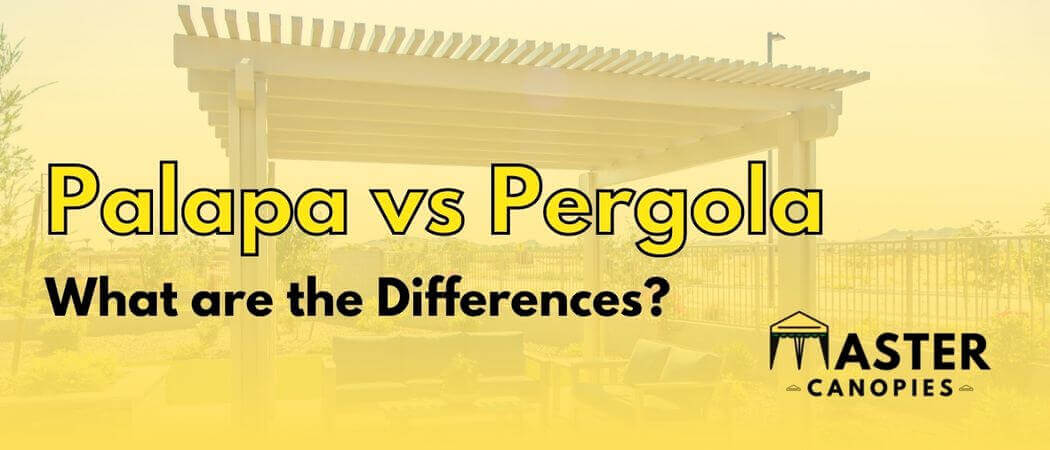
Palapas vs. Pergolas: What are the Differences? Published June 17th, 2022 by Allen Campbell Most individuals prefer spending their weekends and vacations relaxing at home
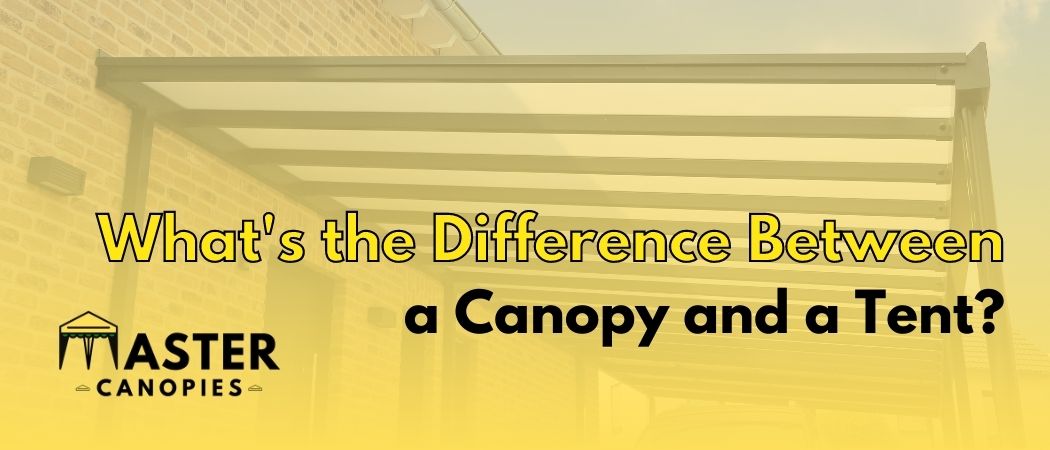
What’s the Difference Between a Canopy and a Tent? Published June 1st, 2022 by Allen Campbell Imagine you’re out camping with your friends, and the
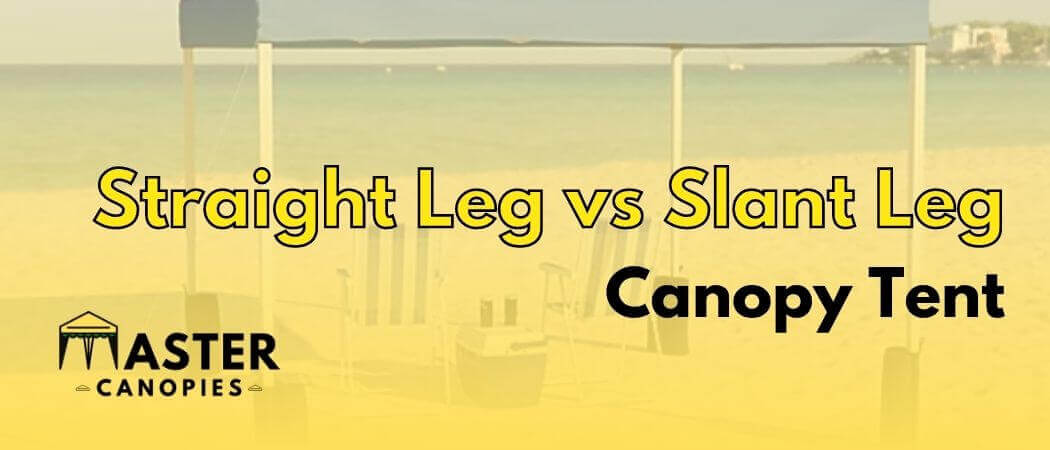
Straight Leg vs Slant Leg Canopy Tents: What are the Differences? Published June 1st, 2022 by Allen Campbell If you’re new to pop-up tents, you

Master Canopies is here to bring you the best canopies for the outdoors so that you can enjoy the fresh air without the gleaming and burning light of the sun.

Master Canopies is here to bring you the best canopies for the outdoors so that you can enjoy the fresh air without the gleaming and burning light of the sun. As an Amazon Associate, we earn from qualifying purchases.